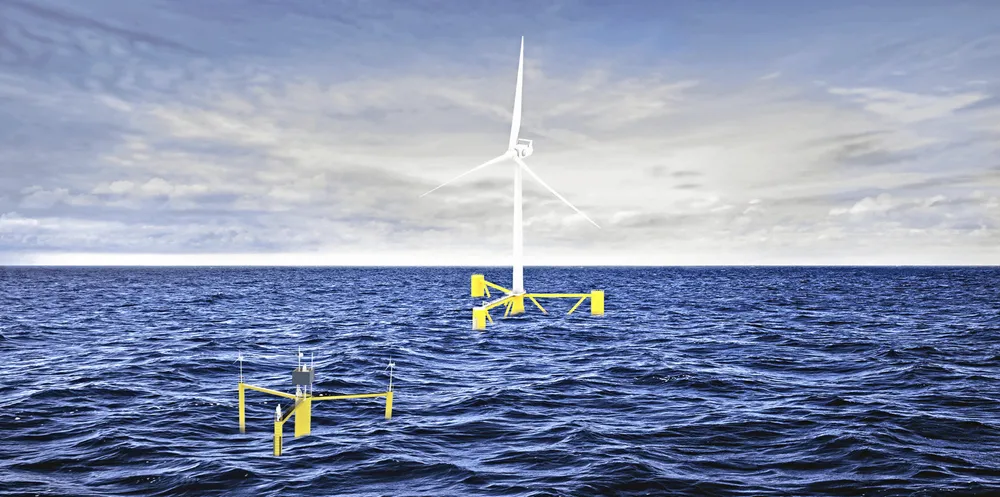'Rapid innovation': Oil giant Chevron backs new floating wind design for US Atlantic debut
Supermajor joins Norwegian industrialist Moreld in funding Ocergy concept, with 10MW prototype in line for Shell-Ocean Winds Mayflower wind project off Massachusetts
